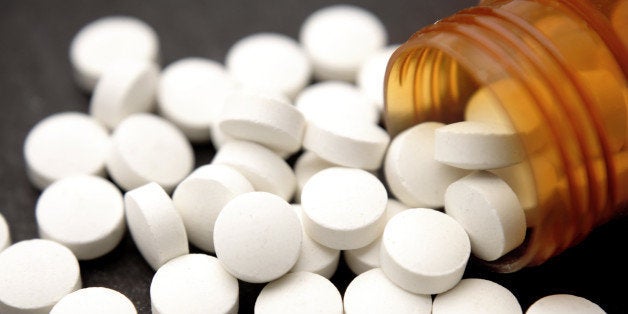
Over the past four years, we've worked hard to support drug policy reform rooted in science, evidence and research. A difficult budget environment hasn't made it easy. Damaging cuts caused by sequestration have placed real obstacles in the way of ensuring full support for services and programs that expand prevention, treatment and smart-on-crime initiatives that represent a 21st century approach to drug policy.
But there is good news.
The bipartisan appropriations bill passed by Congress this week finally begins to repair some of these cuts. It also includes support for innovative alternatives that will protect public health and public safety while saving taxpayer dollars over the long run.
Some highlights from the bill:
- $1.8 billion in funding for the Substance Abuse Block Grant - a $110 million increase compared to FY2013. The grant gives states the ability to establish and expand substance use prevention and treatment services in order support people recovering from substance use disorders.
This bill is not perfect, and no one got everything they wanted (that's the nature of compromise), but these are real investments in making our nation healthier and stronger. Reducing drug use and its consequences is a vital issue that spans the political spectrum and this is a step in the right direction.